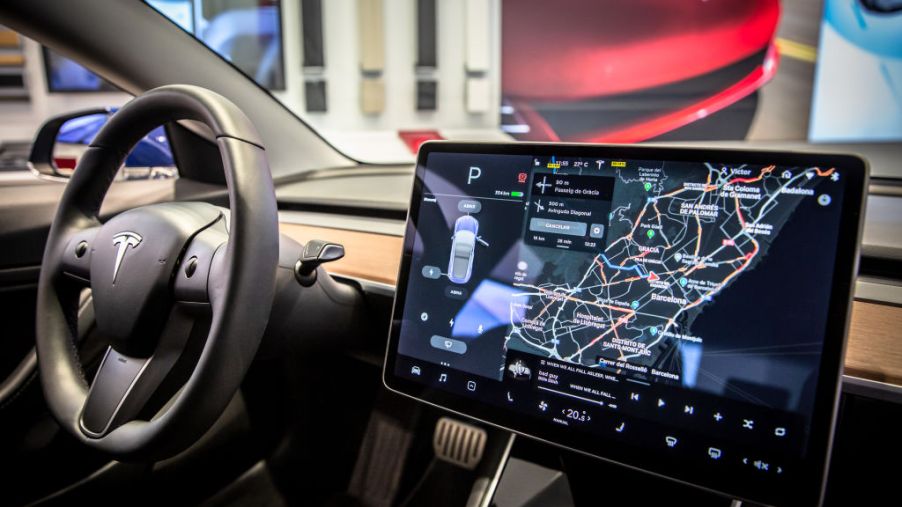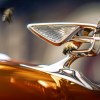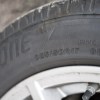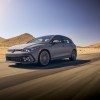
Tesla’s Plans for Dormant Model 3 Feature Finally Revealed
Tesla has built its brand around creating innovative, technologically advanced vehicles. Drivers are attracted to Tesla vehicles because they are both environmentally friendly and have features not found in any other brands.
For many, it’s these special features that make hearing news about upcoming Tesla vehicles so exciting. One of the changes you can expect to see for the Tesla Model 3 is the activation of the in-cabin rear-facing camera.
History of the in-cabin rear-facing camera
The Tesla 3‘s in-cabin rear-facing camera isn’t exactly what you would call a new feature. It first appeared in the 2017 Tesla 3, but the company never activated it. The camera is located on the rearview mirror. It’s a small feature that most drivers don’t even notice unless they actively look for it. It barely catches your eye when you adjust the mirror.
Even though the camera made its debut in 2017, Tesla was quick to tell people that the camera wasn’t activated. It claimed it was waiting on some software updates. The company was also rather quiet about what the camera’s final function would be.
It was assumed the camera was going to be part of the vehicle’s eventual auto-driving program and would be responsible for monitoring the driver’s responses while they’re behind the wheel.
New information about the Tesla 3’s in-cabin rear-facing camera
After basically ignoring the camera for two years, Tesla has revealed some new information about the technology.
It turns out that the reason the camera wasn’t activated in 2017 was due to some patent issues.
Now that the camera’s patent application is available, we know that the camera is designed to provide drivers with a more personalized driving experience than they’ve ever experienced before. The patent application calls the Tesla 3 camera the “Personalization System and Method for a Vehicle based on Spatial Locations of Occupants’ Body Portions.”
Elon Musk, Tesla’s CEO, recently broke his silence about the camera with a short statement. “You’ll want probably dynamic personalization, so it’s like you step into the car, it knows who you are, it knows everything you want, and the car reconfigures itself automatically to all your preferences. So, you could step into any car, and that’s how it would be.”
However, you probably shouldn’t expect the camera to be activated any time soon. The fact that Tesla has formally filed the patent application indicates that Tesla does plan to activate the camera. It typically takes at least 12 months for the patent application to be approved. Even then, it could be a while before Tesla feels ready to activate the technology.
How long before the Tesla 3 is fully automated
The news that Tesla fans have been waiting for with bated breath is when the vehicles will be fully automated. Two years ago, Elon Musk speculated that this would be the year you could sleep in your car, but that prediction still hasn’t become a reality.
While the technology certainly exists, there still isn’t any word on when you can sit back and let your car do all the driving for you. Car manufacturers found that just because technology allows the fully automated vehicle to run smoothly while on the track, that same technology doesn’t mean the technology is ready for a real-world driving situation.
While it may still be a while before you can sit back and let your car do all the work for you, the fact that Tesla filled out the camera’s patent application for the in-cabin rear-facing camera could be an indicator that your fully automated Tesla 3 is getting closer.
The in-cabin rear-facing camera has been installed in every single Tesla 3 that was made in 2017, 2018, and 2019.


